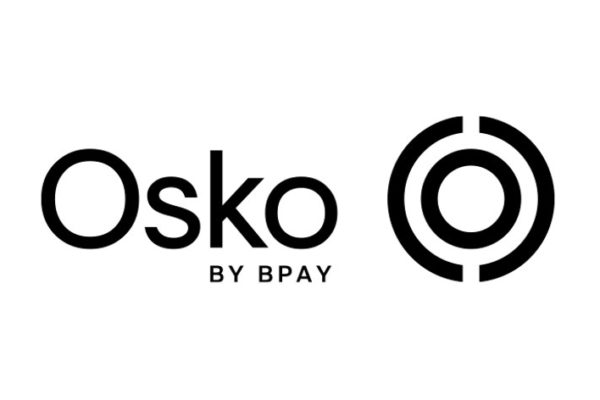Osko, which has been built by the major bank-owned BPAY Group, launched in February when the NPP was turned on and by tapping the NPP’s real-time clearing and data capability it provides instant account-to-account payments for the first time in Australia.
Over its first six months, more than $19 billion has been put through the service, which sits inside existing bank mobile applications, via more than 25 million transactions. But these numbers are set to surge now all four of the majors have turned it on.
The chief executive of BPAY Group, John Banfield, said Osko, is now operating inside the banking apps of more than 60 financial institutions and reaching over 42 million consumer and business accounts. “We are going full-steam ahead with a national advertising campaign,” he said.
This will begin on September 9 and include TV, outdoor, cinema and social media. The campaign comes as the banks attempt to restore public trust which has been tarnished by the revelations in the banking royal commission; through Osko, they plan to send a message around payments innovation.
While Commonwealth Bank and National Australia Bank have had Osko ready for customers for several months, the campaign has waited for ANZ and Westpac to resolve technical issues.
In March, there were 100,000 transactions going through Osko each day; this has jumped to 400,000 a day in recent weeks.
Come the end of the March next year, Mr Banfield said expect 1 million transactions a day and perhaps by the later part of next year volume could exceed the 1.5 million daily transactions put through BPay.
Osko lets customers send funds using BSB and account numbers or a PayID, which can be an email address or mobile phone number. Around 1.9 million customers have created a PayID.
Most are using it for social payments to family or friends, with the average amount around $25. It is also being used for P2B payments, for example, for paying tradies. A new feature allowing payment requests to be made is in development.
It is expected Osko will be the first of many “overlay services” to be created on the infrastructure, which has been designed to be open and inclusive. Any one of Australia’s 150 prudentially regulated ADIs, and holders of the new restricted ADI licences, can connect directly to the infrastructure, but fintechs and non-banks can connect via payments service providers such as Cuscal, Australian Settlements Limited and Indue.
NPP Australia, the governing body, hopes the system will be used to facilitate real-time funding, new payments wallets, short-term lending, “buy-now, pay-later” offerings, the domestic legs of international remittance and new QR Code driven products. It may also be used to enable payroll payments, move data, and conduct payments using distributed ledger or blockchain technology.
The Reserve Bank forced the banks to fund the infrastructure, which was built by global giant SWIFT. The system will be showcased by SWIFT as part of its SIBOS conference, which will see many of the world’s top payments executives descend on Sydney in October.
The Productivity Commission in its recent report on competition in financial services called for a formal access regime to be established over the NPP to facilitate competition, but this has been rejected by the Reserve Bank’s Payment System Board, and NPP Australia, which say more time is required to see how enhanced access and innovation plays out. NPP Australia is planning on extending the capability of the system to support new payment types, including alternatives to the current direct debit system.
Source: AFR Monday 3rd September, 2018


